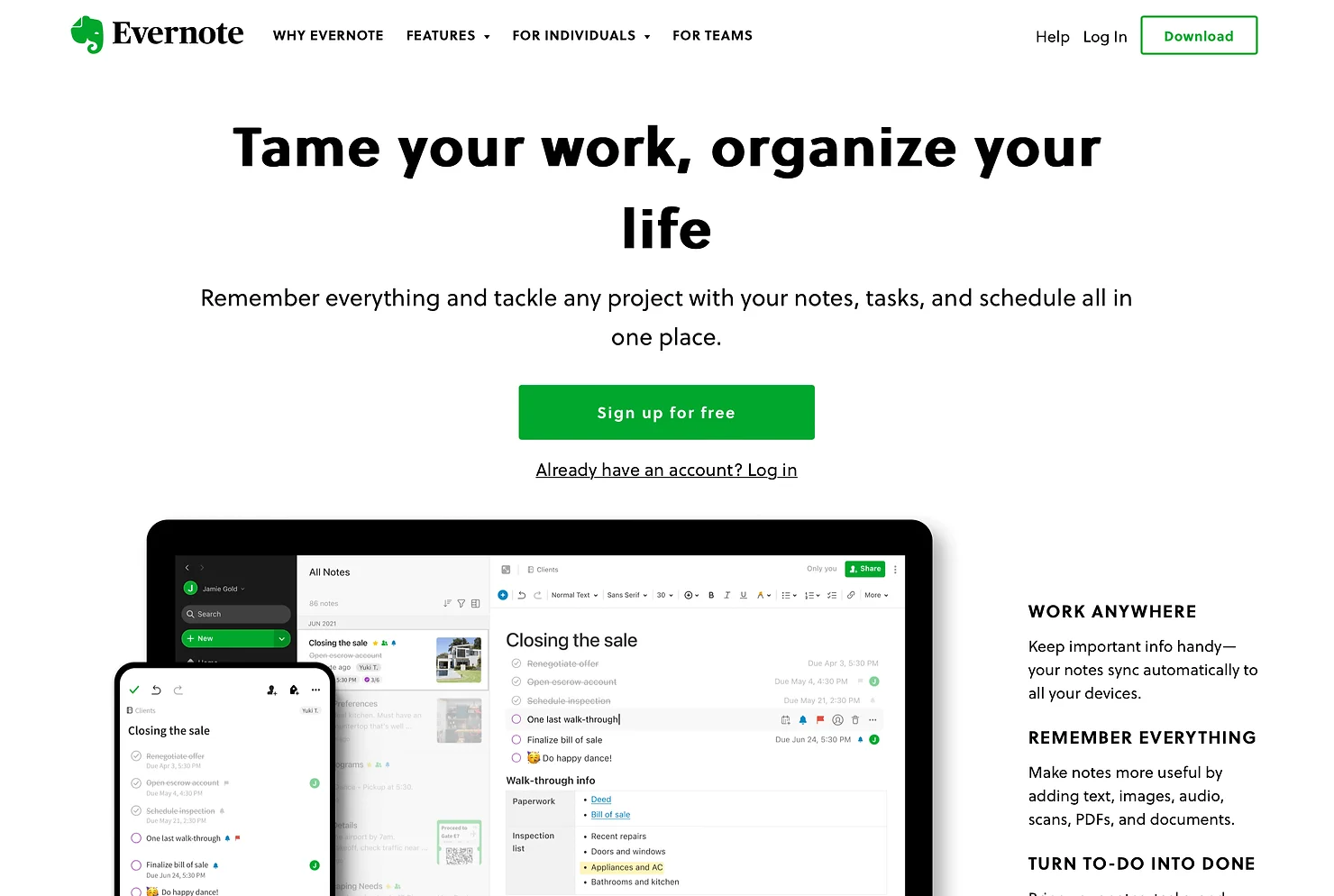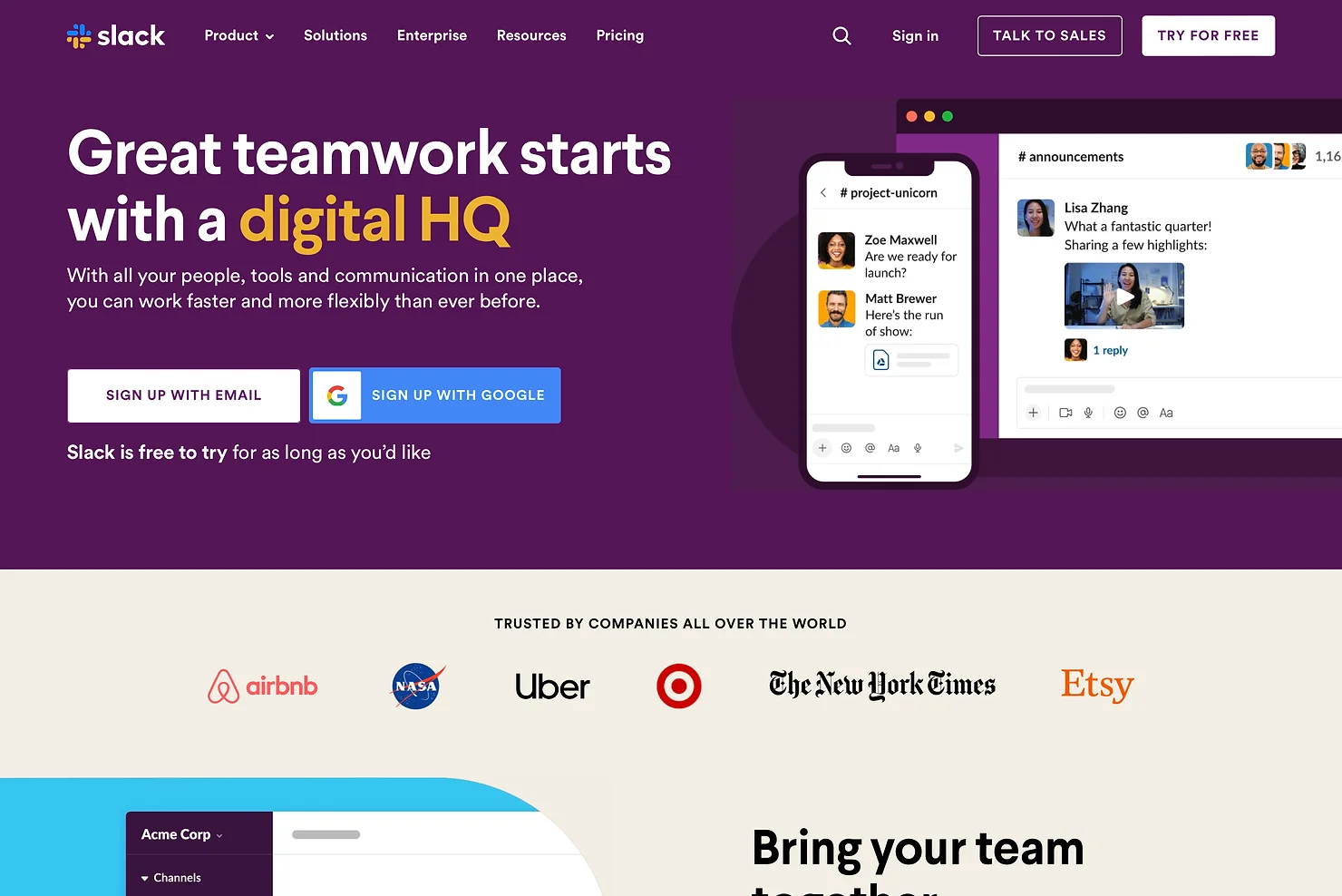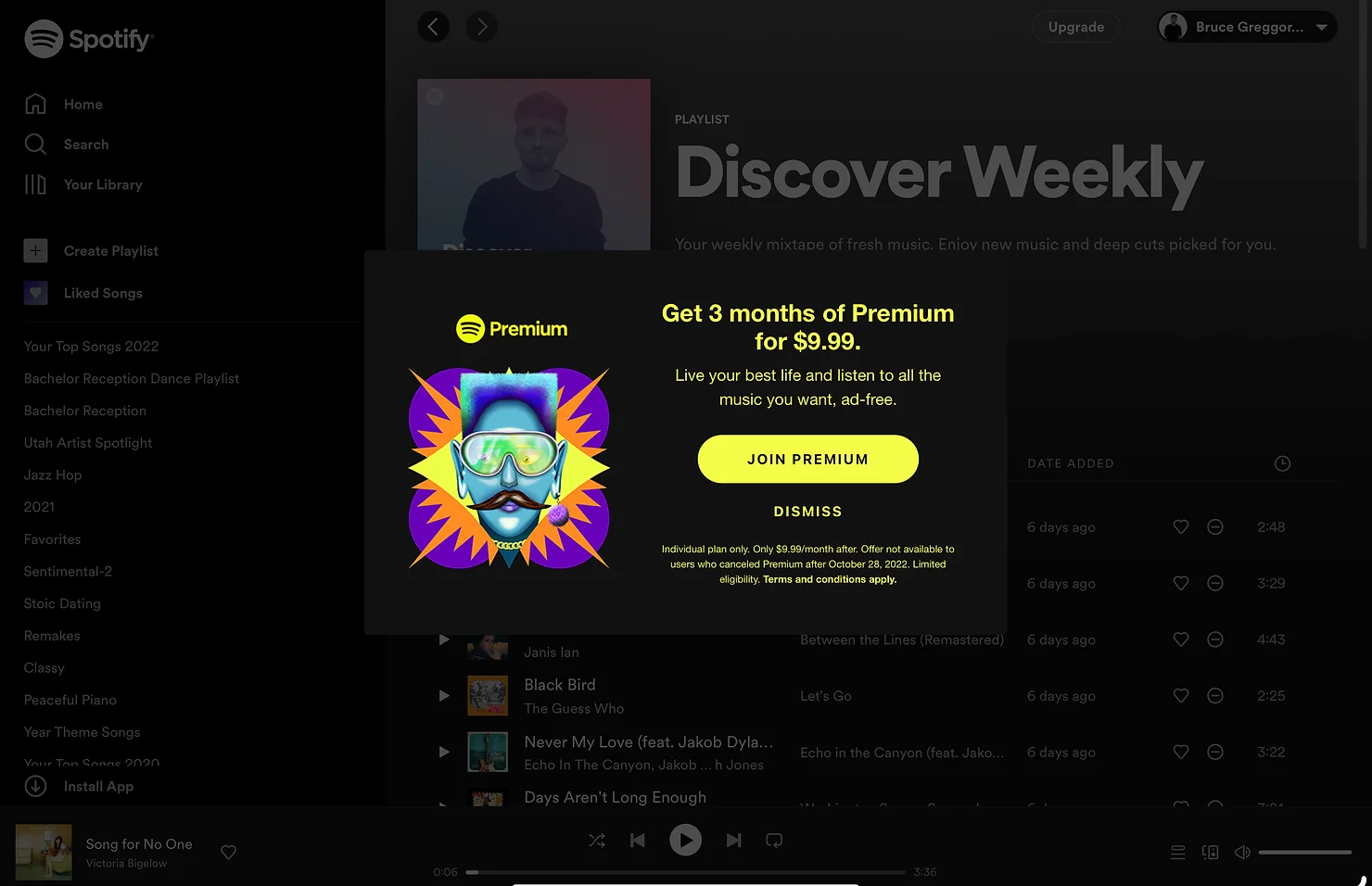Pros and Cons of the Freemium Business Model


Bruce Peck
Dec 11, 2022 · 4 min readAs part of our ongoing series about App business models (which if you haven’t read our previous articles, I would suggest starting with: 5 App Business Models That Actually Work.)
Today we are discussing “Freemium,” and this one is incredibly important to understand if it is the right path for you to go down. It’s powerful if you can make it work.
What is the freemium business model?
Freemium is a pricing strategy by which a product or service (typically a digital offering such as software, media, games or web services) is provided free of charge, but money (premium) is charged for additional features, services, or virtual or physical goods.
The idea is that customers who use the free version of the product or service will eventually decide to upgrade to the premium version.
What should you make free?
When we are working with clients, the discussion around what should be made free, and what should be placed behind a paywall often comes up.
A good rule of thumb is to remember the main purpose of the free offering, it is to attract new users to your app and give them a good enough taste that they want more.
So if you are not growing your user base by offering free, you are not succeeding and it’s likely that your free offering should be more valuable.
The opposite can also be true, you could be offering so much value on the free tier that the premium is unappealing.
When implementing a freemium model, you’ll need to extensively test, review and optimize your monetization strategy. Identify how users want to spend their money and which additional features would encourage them to subscribe. Analyzing customer feedback is also a smart method for finding new ways to generate more revenue and spot any issues with your user experience. Source - Adjust.com
An example of this was sited by HBS, in 2011 the New York Times website began limiting the free articles people could read to 20 per month, but they weren’t able to convert as many people as they’d like, so they cut it down to 10 and increased the conversions.
The goldilocks zone is to offer valuable features with no cost, but to place desirable ones for the user just behind the paywall.
Pros of using the freemium model
Aquire more users, faster:
Many freemium apps use the “free” price as a major piece of their marketing budget. Take Slack for instance, they make it extremely easy to sign up and get using their product for free, knowing that as soon as you are on you’ll start inviting other users.
This decreases Slack’s customer acquisition cost because they are not paying anything for you to share the app with others.
Because free features are a potent marketing tool, the model allows a new venture to scale up and attract a user base without expending resources on costly ad campaigns or a traditional sales force Source: HBR
Free removes friction and objections, especially with fence sitters. As many app developers have learned, it is much more difficult to get people to pay $.99 to download an app than to get them to pay hundreds of dollars in subscriptions after they’ve been using the free version for awhile.
Improved engagement and retention:
By providing a free version of the product, you can increase user engagement and retention, as users have more time to explore and try out the product. This is particularly true with products with a steep learning curve.
That’s why you see so many tools offer 14 days free, or allow you to use the product on a permanently free tier. They know that it can take a long time for you to understand and fully get the value from the app, but once you do, that‘s when you start hitting the premium metrics.
Increased revenue:
With the right pricing strategy, offering a free version of the product can increase your revenue as customers upgrade to the paid version.
As we learn in economics, price x quantity = total revenue. Generally when you decrease the price you increase the quantity demanded (which is why Walmarts are almost always more packed with people than Targets.)
With freemium you dramatically decrease the price (to free) but you increase the demand, and then convert a small percentage of them which ends up being a rather large number.
A good for instance of this is Spotify vs Apple Music. Spotify is a freemium music subscription service with ads, where as Apple Music offers no free tier.
To date, Spotify has somewhere north of 400 million users and 12 billion dollars in annual revenue, Apple Music has 60 million and makes around 6 billion.
Cons of using the freemium model
Low conversion rate:
While offering a free version of the product can help to attract more users, it can also result in a low conversion rate of those users upgrading to the paid version, so you need big numbers in order to make the model work.
For instance, Tinder has more than 75 million monthly active users, but just 8% of them are paid subscribers. That’s a huge business (if you have millions of users.) It would be really hard to make a go of if you have a relatively small market.
Increased customer service costs:
Regardless of if a user is paying for a service or not, if there is a problem that they have with it then they are going to expect to pick up a phone or shoot an email and talk to someone.
When you are the owner of the app and you want to continue to have good reviews, then you end up having to supply those people who read the emails and answer the calls. Generally that costs money to do.
When you have thousands of free users this can become quite expensive, especially for people who are not directly bringing in revenue.
The relationship between customers and customer service becomes much easier when you know that you are only servicing paid or potential customers.
Difficulty in setting the right price:
When I was growing up, I used to work at Cold Stone and the worst tippers were always the people who came in with the “free ice cream” coupons.
Why?
Because when you come into something expecting it to be free, paying anything additional needs a lot more coaxing.
In that way setting the right price at the right point in the customer’s journey becomes really important and can be hard to get right. Users may not be willing to pay for additional features if the price is too high.
Potential poor user experience:
The danger of how you set up a freemium business model is that you make the free version lacking in features that are important to an introductory user.
And some business models perhaps cannot be forced into a freemium structure. For instance with health insurance it would be difficult to find a way to provide a free tier that was worthwhile without jeopardizing the business model.
Examples of successful freemium apps
Dropbox:
Dropbox is a cloud storage service that allows users to store, sync, and share files. The free version offers up to 2 GB of storage space, while the paid version offers additional storage space.
They famously had a growth hack where you could gain more storage for yourself and the person you shared it to, if they signed onto the service.
Evernote:
Evernote is a note-taking and collaboration app. The free version offers basic features such as creating notes and organizing them into notebooks, while the paid version adds features such as collaboration and advanced search.

Slack:
Slack is a messaging platform for teams. The free version offers basic features such as messaging, file sharing, and search, while the paid version adds features such as group calling and integrations with other services.

Spotify:
Spotify is a popular music streaming service. The free version offers basic features such as playing music, while the paid version adds features such as unlimited skips, higher quality audio, and offline listening.
